The backstroke turn is one of the most technically demanding maneuvers in competitive swimming. Unlike freestyle or breaststroke, where swimmers can see the wall approaching, backstrokers must rely on spatial awareness and precise timing to execute a smooth and efficient turn. This unique challenge makes mastering the backstroke flip turn a critical skill for any serious swimmer looking to shave precious seconds off their race time.
Spatial awareness plays a crucial role in the backstroke turn. Swimmers must develop an internal count or use visual markers like flags to gauge their distance from the wall. The standard setup includes backstroke flags placed five meters from the wall, giving athletes a visual cue to begin their turn sequence. Many elite swimmers take exactly seven strokes after passing the flags to position themselves perfectly for rotation.
The mechanics of the turn itself require precise body control. As the swimmer approaches the wall, they must time their final stroke to coincide with reaching the T-mark on the pool bottom. The head should remain in a neutral position until the last possible moment, then tuck sharply as the body rotates. This tuck-and-roll motion transforms forward momentum into rotational energy, allowing for a quick change of direction.
Proper hand placement against the wall separates average turns from exceptional ones. Elite swimmers plant their hands at just the right depth - too shallow risks slipping, while too deep creates unnecessary drag. The ideal position allows for a powerful push-off while maintaining streamlined form. Many coaches emphasize keeping the elbows slightly bent to absorb impact and generate explosive power for the push-off.
The push-off phase represents perhaps the most critical element of the turn. After the rotation, swimmers must immediately extend into a tight streamline position and push off the wall with both feet simultaneously. The angle of push-off typically ranges between 30-45 degrees below the surface, allowing the swimmer to maintain depth while building speed. This underwater phase often determines the turn's overall effectiveness, as proper dolphin kicks or flutter kicks can maintain or even increase velocity.
Breathing discipline during the turn often gets overlooked but proves essential for maintaining rhythm. Most coaches recommend exhaling steadily during the rotation to prevent water inhalation and to prepare for the first stroke after resurfacing. The breathing pattern should sync with the arm movements - inhaling during the recovery phase of the first stroke after the push-off.
Common mistakes in backstroke turns include premature rotation, insufficient tuck, and poor streamline position after push-off. Many developing swimmers initiate their turn too early, resulting in awkward positioning or wasted energy. Others fail to maintain a tight tuck during rotation, causing their legs to splay and lose momentum. The most costly error comes after push-off, when swimmers break their streamline position too soon, creating unnecessary drag.
Training drills for perfecting backstroke turns typically focus on developing spatial awareness and muscle memory. Many swimmers practice counting strokes from the flags during warm-ups to establish consistent approach patterns. Wall-touch drills help refine hand placement, while dryland exercises like somersaults against a wall can improve rotation technique. Underwater filming has become an invaluable tool for elite swimmers to analyze and correct their turn mechanics frame by frame.
The evolution of backstroke turn technique reflects swimming's continuous innovation. Early backstrokers simply touched the wall and pushed off, but modern techniques incorporate sophisticated rotational mechanics. Rule changes have also influenced turn development - the current requirement to remain on the back until the hand leaves the wall has led to more dynamic rotation techniques compared to earlier styles that allowed brief front turns.
Equipment choices can impact turn performance, though often in subtle ways. Goggle design affects a swimmer's ability to spot markers, while suit material can influence rotational speed. Some swimmers prefer textured gloves during practice to improve wall grip sensation, though these aren't competition-legal. The pool wall itself plays a role - newer competition pools often feature more responsive touch pads that provide better feedback during turns.
Psychological factors in backstroke turns shouldn't be underestimated. Many swimmers experience anxiety about hitting the wall too hard or missing it entirely. Developing confidence comes through repetitive practice and learning to trust one's stroke count. Visualization techniques, where swimmers mentally rehearse perfect turns before races, have proven particularly effective for competition performance.
At the elite level, backstroke turns often decide close races. A perfectly executed turn can gain 0.3-0.5 seconds over a mediocre one - frequently the difference between gold and silver in Olympic competition. Coaches analyze turn splits with stopwatch precision, knowing these transitional moments often determine race outcomes. The best backstrokers in history all shared exceptional turn skills, using them to build leads or mount comebacks in championship races.
For age-group swimmers, mastering the backstroke turn provides both immediate performance benefits and long-term technical foundation. Young swimmers who develop proper turn mechanics early tend to progress faster in all strokes, as the skills translate to better body awareness and underwater technique. Many swimming programs introduce basic backstroke turn concepts as soon as swimmers demonstrate sufficient backstroke proficiency, usually around age 8-10 in competitive development systems.
The future of backstroke turn technique continues to evolve as coaches and swimmers experiment with new approaches. Some innovators are exploring modified rotation angles or alternative push-off techniques to find marginal gains. Underwater monitoring technology provides real-time feedback that was unimaginable a generation ago. Yet despite these advancements, the fundamentals of spatial awareness, precise timing, and explosive power remain the cornerstones of every great backstroke turn.
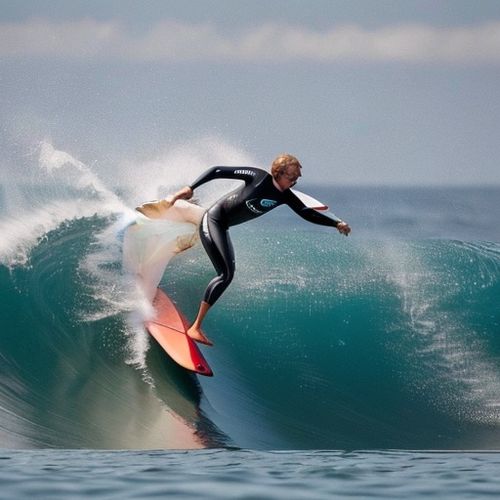
By Eric Ward/May 8, 2025
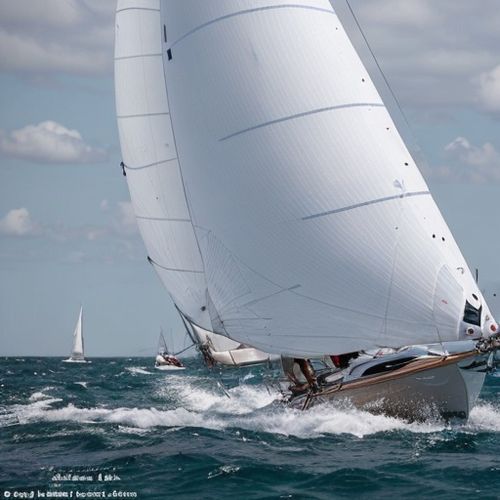
By Lily Simpson/May 8, 2025
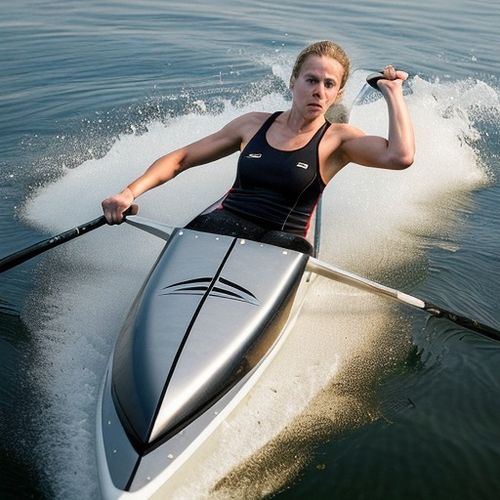
By Jessica Lee/May 8, 2025
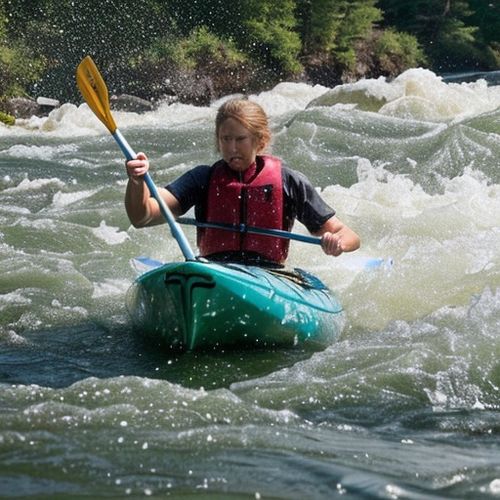
By Grace Cox/May 8, 2025
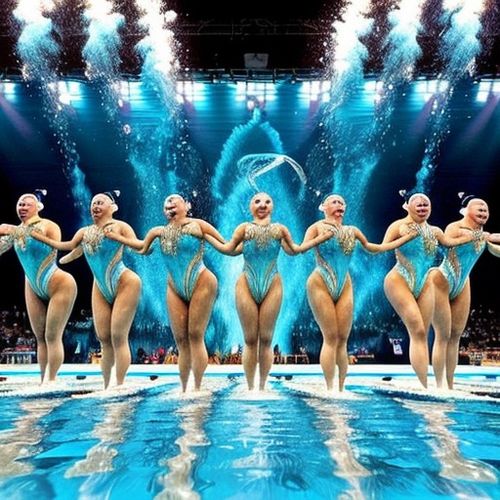
By Emily Johnson/May 8, 2025
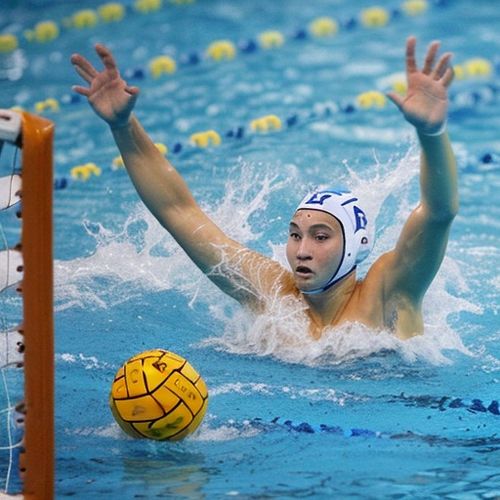
By Rebecca Stewart/May 8, 2025
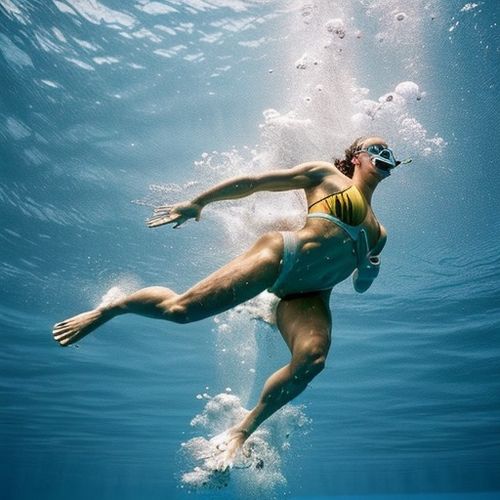
By George Bailey/May 8, 2025

By Sophia Lewis/May 8, 2025
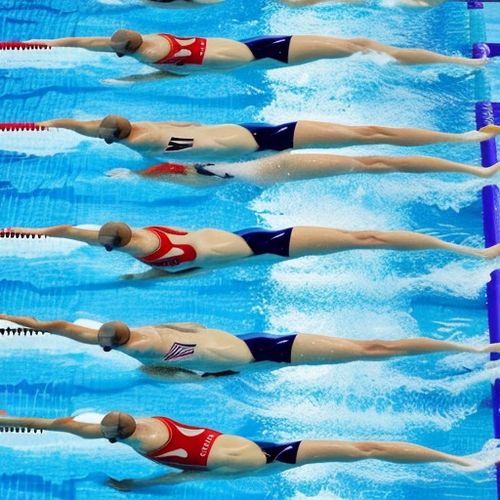
By George Bailey/May 8, 2025
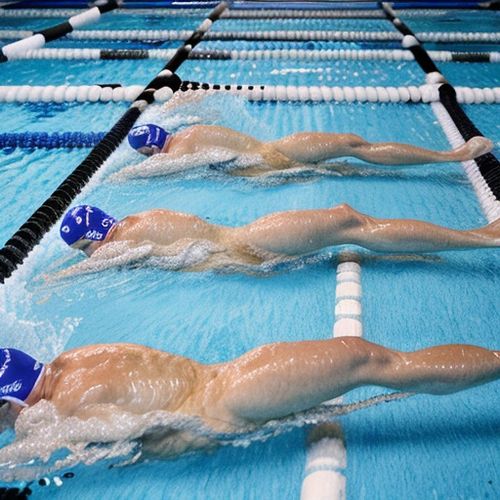
By Eric Ward/May 8, 2025
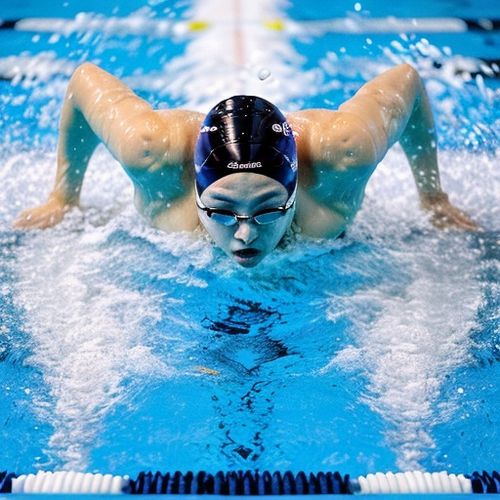
By James Moore/May 8, 2025
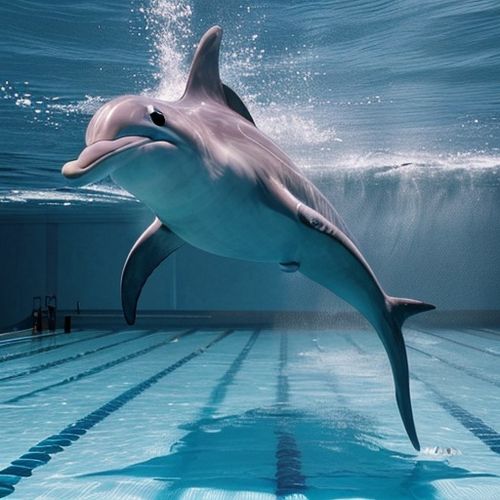
By Thomas Roberts/May 8, 2025
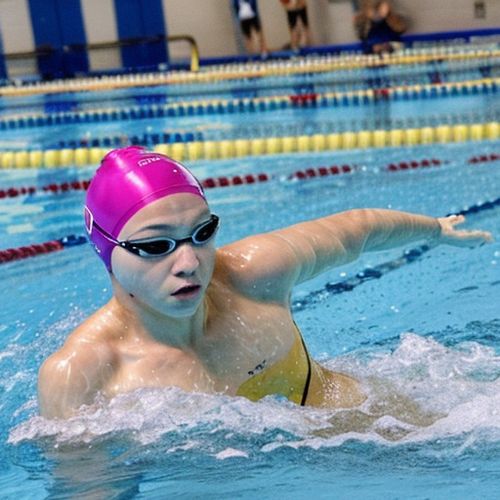
By Victoria Gonzalez/May 8, 2025

By Samuel Cooper/May 8, 2025
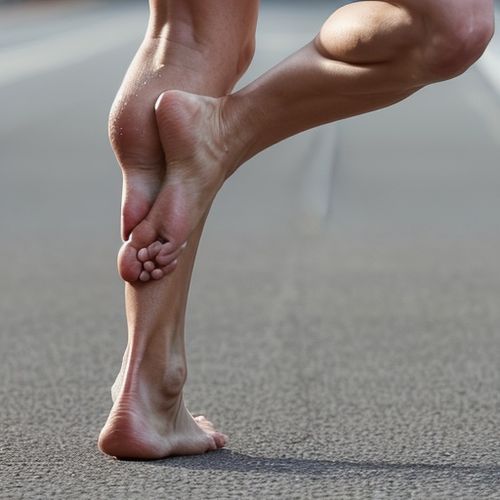
By David Anderson/May 8, 2025

By Joshua Howard/May 8, 2025

By Michael Brown/May 8, 2025

By Elizabeth Taylor/May 8, 2025

By Benjamin Evans/May 8, 2025

By Noah Bell/May 8, 2025